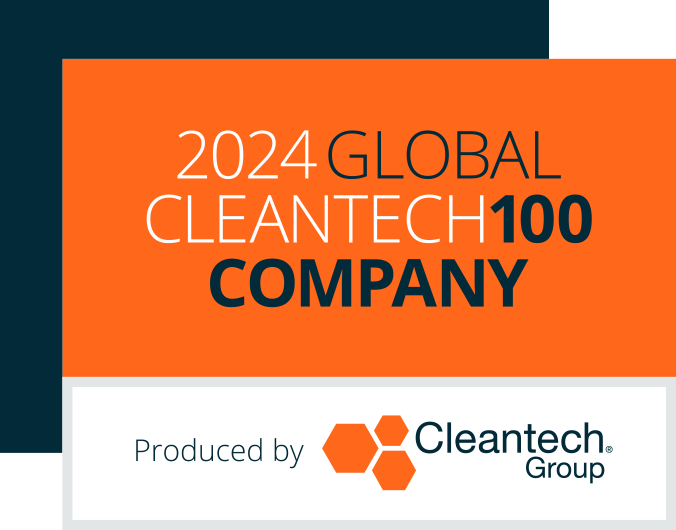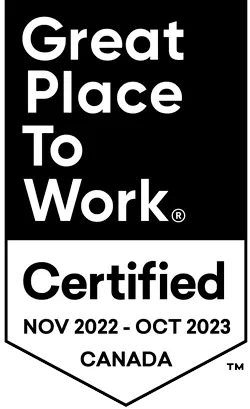Frequently Asked Questions
Have questions about Svante as a company or our technology solutions for carbon capture and removal?
Click on the questions below to get the answers you're looking for.
General Questions
What does Svante do?
Svante manufactures solid filters and machines that capture CO2 from industrial emissions and the air. The company’s proven carbon capture and removal technology is based on unique solid sorbents — and it is scalable, modular, and more environmentally-friendly.
What is Carbon Capture, Utilization and Storage (CCUS)?
What role does Svante play in CCUS?
What is carbon capture and removal technology?
What happens after carbon dioxide (CO2) gets captured?
Why do we need to capture carbon from the air or from industrial emissions?
The UN International Panel on Climate Change (IPCC) reports that to limit warming to 1.5C, we must employ carbon capture, utilization, and storage (CCUS) technologies alongside other climate change-fighting tools such as renewables, electrification, hydrogen and more.
The world needs to capture and remove CO2 that is already in the atmosphere (through direct air capture technology), as this CO2 continues to drive global warming. We also need to prevent more CO2 from reaching the atmosphere, which is the primary role of point-source carbon capture technology, such as Svante’s point-source technology.
How can captured CO2 be utilized?
Captured CO2 can be used to make other industrial and consumer products, including sustainable jet fuel, “green” or “cured” cement (also a method of storing CO2), diamonds, footwear, and more.
Carbon Capture & Removal Solutions
What is Svante carbon capture and removal technology?
Svante’s technology is made up of an ecosystem of the following components:
- Solid sorbents (porous amines for direct air capture and metal-organic frameworks (MOFs) for point source carbon capture);
- Nanoengineered Filters (which we call “structured adsorbent beds” or “SABs”). These are made of up stacked thin sheets of material that have our solid sorbent coated onto each layer;
- Rotary contactor carbon capture machines (known as “rotary adsorption machines” or “RAMs”). These machines utilize Svante’s patented temperature swing adsorption (TSA) carbon capture process, “VeloxoThermTM”.
What makes Svante unique?
Svante’s second-generation carbon capture technology is based on novel solid sorbent-based filters, which make it unique on several fronts, including the following:
Environmentally Friendly
Svante’s proprietary carbon capture and removal process is better for business and humankind. Our solid sorbent-based filters are chemical emission-free.
Flexible Technology Applications
Different sorbent materials can be applied to various diluted concentrations of CO2 in the air & in industrial flue gas — enabling a wide array of applications across industries.
Scalable, Modular Design
Compact, modular design makes our technology repeatable, adaptable, and efficient on capital costs at all scales.
Simplified Process
Handles operational intermittence, start/stop, and load following with ease – no tall gas-liquid towers or complicated chemical plants required.
Technology Backed by Science
Our work with solid sorbents and metal-organic frameworks (known as “MOFs”) has been well documented and proven in the world’s top science and engineering circles.
Expertise You Can Trust
We have partnered with leading global construction & engineering companies who can build a custom carbon capture plant based on our clients’ specific needs.
Unparalleled Support
Before, during and after bringing your carbon capture plant online, we will help you and your team with documentation, training, and post-project support to ensure you always have everything you need.
Who is Svante carbon capture and removal technology for?
Svante’s carbon capture solutions are made for heavy-emitting industries that are proven difficult to decarbonize. These industries include:
- Cement
- Steel
- Lime
- Hydrogen
- Aluminum
- Oil & Gas
- Pulp & Paper
- Fertilizer
- Petrochemicals
Svante’s filters are also available for direct air capture (DAC) solutions providers.
How many carbon capture plants does Svante currently have?
Currently, we have four pilot plants in various locations around North America, including:
- Lafarge Canada Cement Plant in Richmond, BC, Canada
- Cenovus in Lloydminster, SK, Canada
- Chevron Kern River Oil Field, California, USA
- Climeworks DAC Testing Centre in Los Angeles, California, USA
Corporate
How much did Svante raise in its most recent fundraising round?
Svante’s most recent fundraising round, Series E, closed at $318M USD.
Before the Series E Announcement, how much had Svante raised?
Pre-series E closing, Svante raised over $200 million USD in funding from private investors and the Canadian Government.
When was Svante founded?
Svante was founded in 2007, in Burnaby, BC, Canada
Who is Svante’s CEO?
Svante’s President & CEO is Claude Letourneau, ICD.D.
Who founded Svante?
Brett Henkel, our Co-Founder and Vice President of Strategic Accounts and Government Affairs founded Svante in his garage in Burnaby in 2007, along with 3 other co-founders who are no longer with the company.
Where can I get more information about Svante?
Visit www.svanteinc.com




